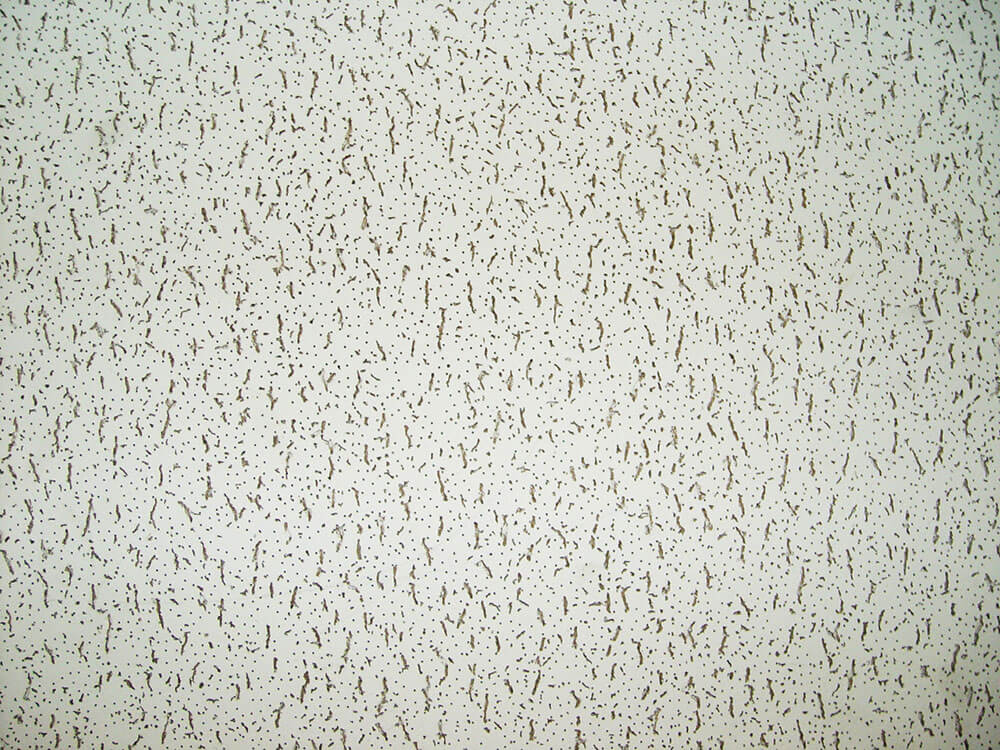When it comes to researching the cost of an upcoming project, it can be difficult to take what you see online and match it to the quote you get from a contractor. This is especially true for acoustic ceilings since there are several factors that go into getting that final quote. Here is a short guide to those factors.
How to Price an Acoustical Ceiling Project
Acoustic Ceiling Parts
This is the big one and the number that most people are thinking about when they ask for a quote. The final quote is entirely dependant on what kind of materials you use. The most common material used in ceiling tiles these days is fiberglass, but tiles also come in traditional hardwood, tin, plastic, or cork. Each material has its pros and cons, so deciding on the best tiles for your project depends on what you need them to do.
If your budget is slim and you simply want something to cover your ceiling, then plastic is the cheapest option and can literally be assembled in a snap. If you need tiles for the acoustic benefits (either sound-absorbing or sound muffling), then fiberglass is probably the best bet. Tin is mainly used for visual benefits, while cork is an eco-friendly option that works as both a sound-absorber and an insulator. This can help keep heating costs down in those cold Nashville winters.
Acoustical Ceiling Drop-Ceiling Parts
One extra cost that often throws people off is the added costs for ceiling installation equipment. With acoustical ceiling tiles, the tiles are not affixed to the actual ceiling. Rather, a series of tracks and wires are first installed about 10 inches below the ceiling. The tiles are installed in these tracks, creating a barrier of sorts that adds to the sound properties, while also acting as another layer of insulation. These parts themselves are not terribly expensive (they run around $70 or so), but it’s still something to keep in mind when calculating your budget.
Installing Acoustic Ceiling Tiles
Depending on the type of ceiling tiles you are using, it is possible to install them yourself and not have to worry about it being done incorrectly. This is not the case with acoustical ceiling tiles, however, which should be installed by a professional. If these tiles are installed incorrectly, sound waves will not be absorbed or muffled and the problem will need to be fixed, adding to the costs. The installation and cost of labor for this job will vary depending on where you go, but on average it likely end up being around $2-$5 per square foot. This might sound steep, but it is worth the peace of mind that comes with knowing the job was done correctly.
There are several factors that come into play when determining the costs of your new ceiling, including the materials being used, specifically whether a track system needs to be utilized and whether you need to hire someone to install it for you. Consider all of these things before your project begins. When you’re ready for installation, ring up the professionals at Ozburn-Hessey to get things done the right way.




